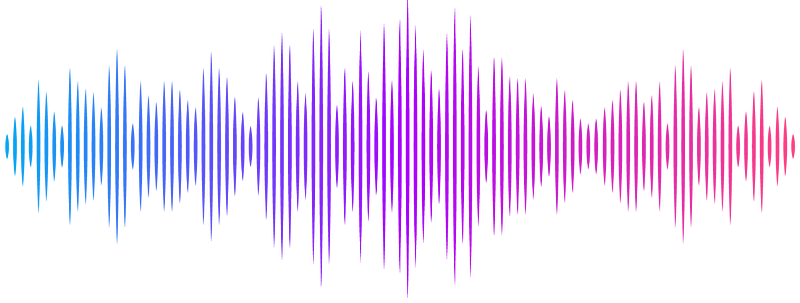AraMultiOmics: a tool for generating omics features for downstream statistical analysis to infer the molecular basis of symbiosis among non-host plant Arabidopsis thaliana, host plant, and arbuscular mycorrhizal fungi

AraMultiOmics: a tool for generating omics features for downstream statistical analysis to infer the molecular basis of symbiosis among non-host plant Arabidopsis thaliana, host plant, and arbuscular mycorrhizal fungi
Kang, J. E.
AbstractArbuscular mycorrhizal fungi (AMF) are symbiotic microorganisms that colonize plant roots, promoting plant growth and improving soil quality. A large number of studies have focused on investigating the communication between host-plants and AMF. In contrast, only a handful of studies have examined non-host plant\'s interactions with other members within the AM network. Although there is a vast amount of omics data available for Arabidopsis thaliana, most AM-related information comes from differentially expressed genes identified in transcriptome studies. To address this gap, we developed AraMultiOmics, a useful tool for analyzing omics data of Arabidopsis thaliana. It consists of multiple modules: protein-nucleic acid interaction (PNI), transcription factor binding profiles, domain-domain interactions (DDIs), multiple omics association study, metabolic pathway analysis, GO/PO analysis, and DNA structure and metal binding profiles. These analyses are conducted in comparison with the COG of Medicago truncatula. In addition, we incorporated modules for predictions of DNA structure, protein metal binding profiles, and membrane protein orientation to provide researchers with tools for investigating metal-driven changes during AM symbiosis, such as the effects of increased accessibility of transition metals in PNI and PPI or assessing roles of AM derived molecules in catalyzing VOC reactions. To facilitate the inference of molecular signatures during AM symbiosis, the program provides a convenient means to generate datasets with important features that can be conjoined with various downstream statistical methods. We have included demonstrations on how to create comparative datasets, and the program codes are freely available for download at www.artfoundation.kr.